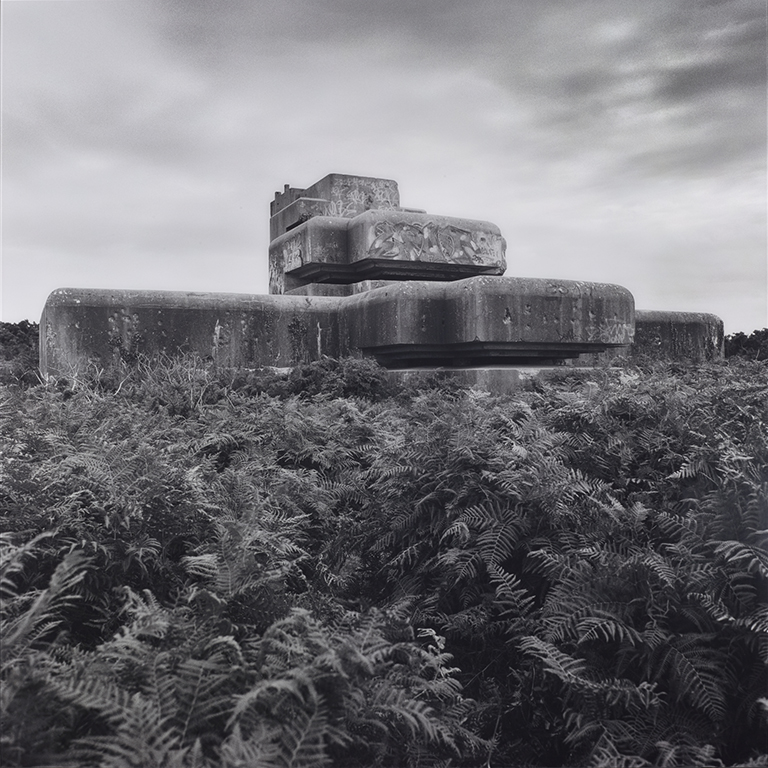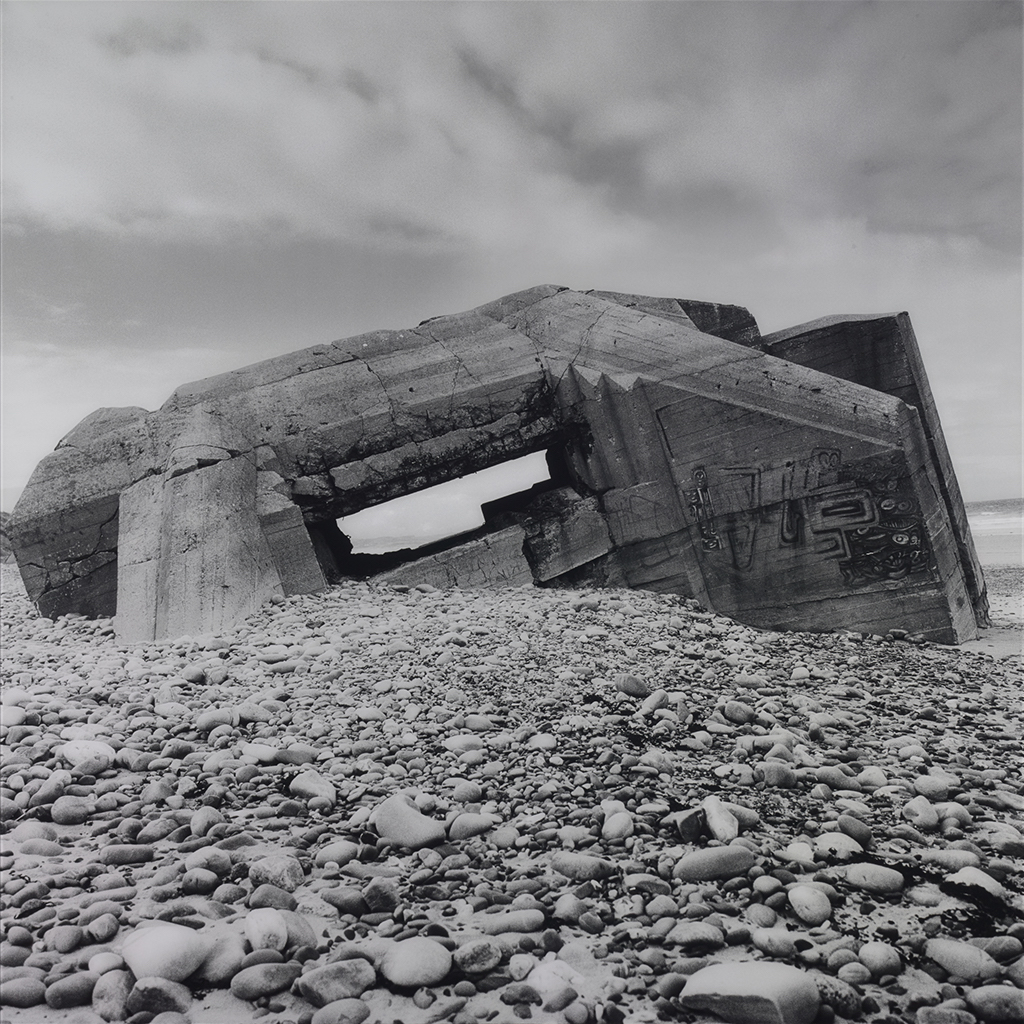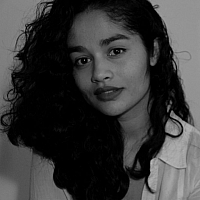
Sea Eagle, 2006 © Jane and Louise Wilson 2006
Expositions du 14/2/2017 au 2/7/2017 Terminé
Getty Museum The Getty 1200 Getty Center Drive, Suite 403 CA 90049 Los Angeles États-Unis
Press release - Exhibition includes four monumental photographs of http://fr.actuphoto.com/hashtag/nazi">Nazi bunkers along French Atlantic coastGetty Museum The Getty 1200 Getty Center Drive, Suite 403 CA 90049 Los Angeles États-Unis
LOS ANGELES – For nearly 30 years, Jane and Louise Wilson, identical twin sisters, have worked together to create large-scale photographs and video installations that revisit the locations and events that shaped modern European history, from secret police headquarters in East Germany to the nuclear facility in Chernobyl, Ukraine. Four of the Wilsons’ oversized, monochromatic photographs will be featured in In Focus: Jane and Louise Wilson’s Sealander, on view February 14-July 2, 2017 at the J. Paul Getty Museum, Getty Center. Depicting bunkers erected by Adolf Hitler along the Normandy coast to protect against Allied invasions during World War II, the works emphasize the alien character of these buildings and their slow deterioration at the space between the sea and land.
“In striking images of the Normandy coast, the Sealander series bares graphic witness to the toll that time has taken on these powerful symbols of German dominance over most of Europe. Originally thought impenetrable, these fortifications are now slowly crumbling into the sea,” says Timothy Potts, director of the J. Paul Getty Museum. “There is a powerful poignancy in the picturesque decay of these structures that were created in such a frenzy of human activity and are now gradually being returned to nature’s benign embrace.”
The Atlantic Wall was an extensive system of coastal fortifications that stretched 1,670 miles from the northern tip of Norway to the Spanish border. Ordered by Hitler and built between 1940 and 1944, the construction marked a controversial and uneasy collaboration between forced laborers and prisoners of war working under German supervision, with local contractors acting as subsidiaries to German companies. Decades later, many of the abandoned bunkers have been subsumed by the surrounding landscape.
The Wilsons photographed a number of structures that made up the Atlantic Wall, including Casemate SK667 – one of many vaulted chambers used to shelter troops. Located at Omaha Beach, Casemate SK667 was one of the first to fall during the D-Day invasion in early June 1944. The Wilsons’ photograph presents the toppled and cracked structure as if it were literally on its last legs on the rock-strewn beach. The print on view entered the collection in 2014 as a gift of Sir Mark Fehrs Haukohl, and provided the impetus for the exhibition.

Casemate SK667, 2006 © Jane and Louise Wilson 2006
“We are grateful to Sir Mark for his donation, and to him and Mr. Gregory Keever for their loans of the other photographs on view. Their generosity allows us now to exhibit these powerful works three-quarters of a century after the bunkers were built,” says Virginia Heckert, department head in the Getty Museum’s Department of Photographs and curator of the exhibition.
The exhibition also includes an image of Sea Eagle, a gun battery near Cherbourg. Because of how the Wilsons have positioned their camera, the structure has the appearance of an animal totem from an ancient civilization, its “wings” and graffiti-covered “head” and “beak” surrounded by a blanket of ferns. Filling two-thirds of the picture frame in another photograph is the colossal Command Bunker at Noir Mont Point on the Isle of Jersey, which tourists are encouraged to visit to get the best views of the coast and nearby Channel Islands.
When first shown in 2007, one of the components of Sealander was a three-projector video installation that alternated footage of the bunkers with that of the vampire squid. Found in deep, dark waters, the squid is studded with light-producing organs that it can turn on and off to deter predators. A projection in the center of the gallery combines the original three-projector video installation of the 2007 exhibition into a single composite image.
“The alternation of footage exploring the exteriors and interiors of the bunkers and that of the swimming cephalopod draws our attention to manmade and natural mechanisms of defense,” adds Heckert. “The ambient sound of the wind provides a suitable backdrop for the structures that exist in a transitional space between the land and sea.”


